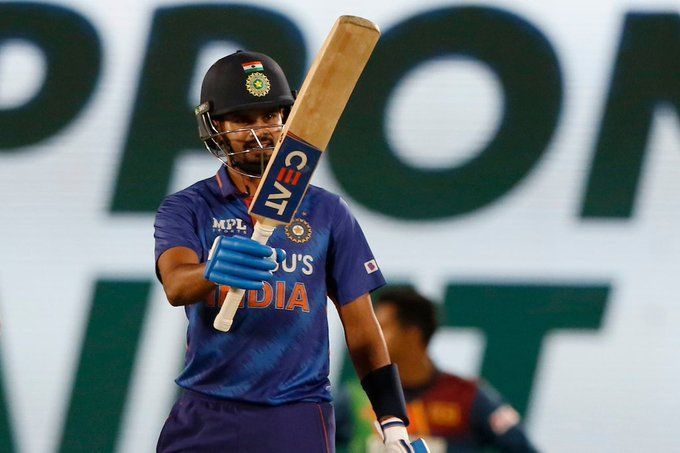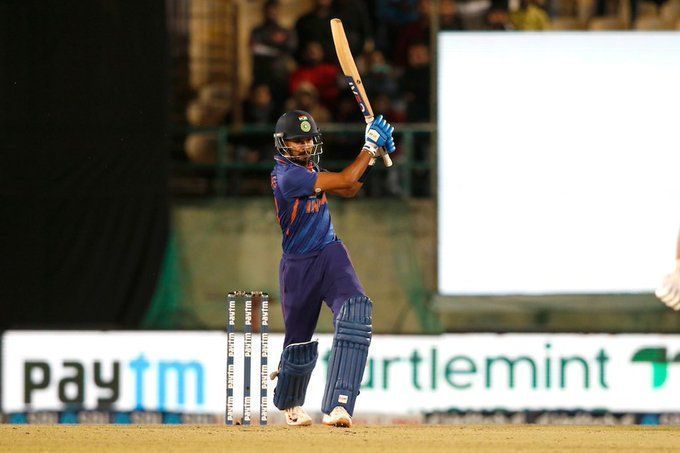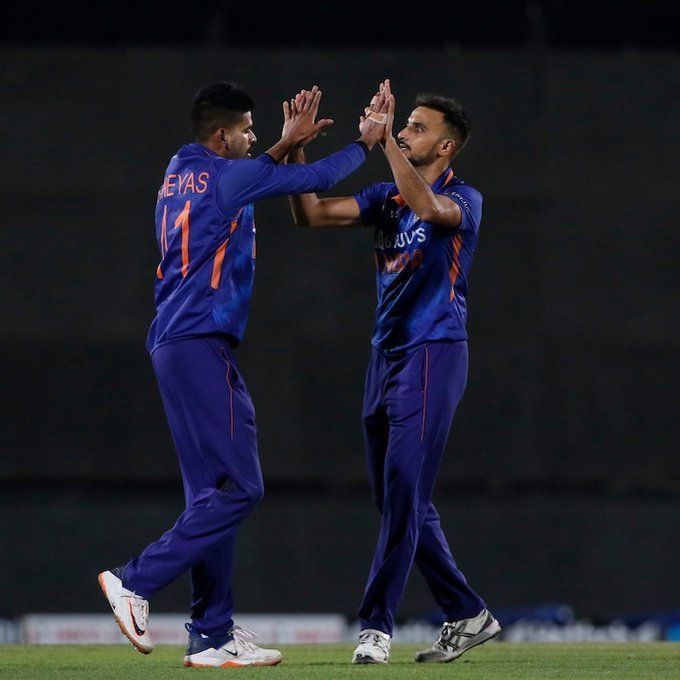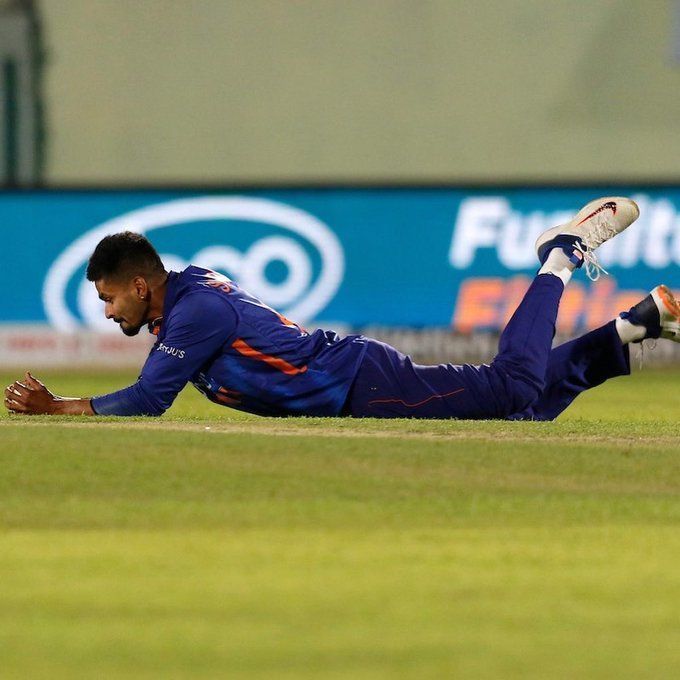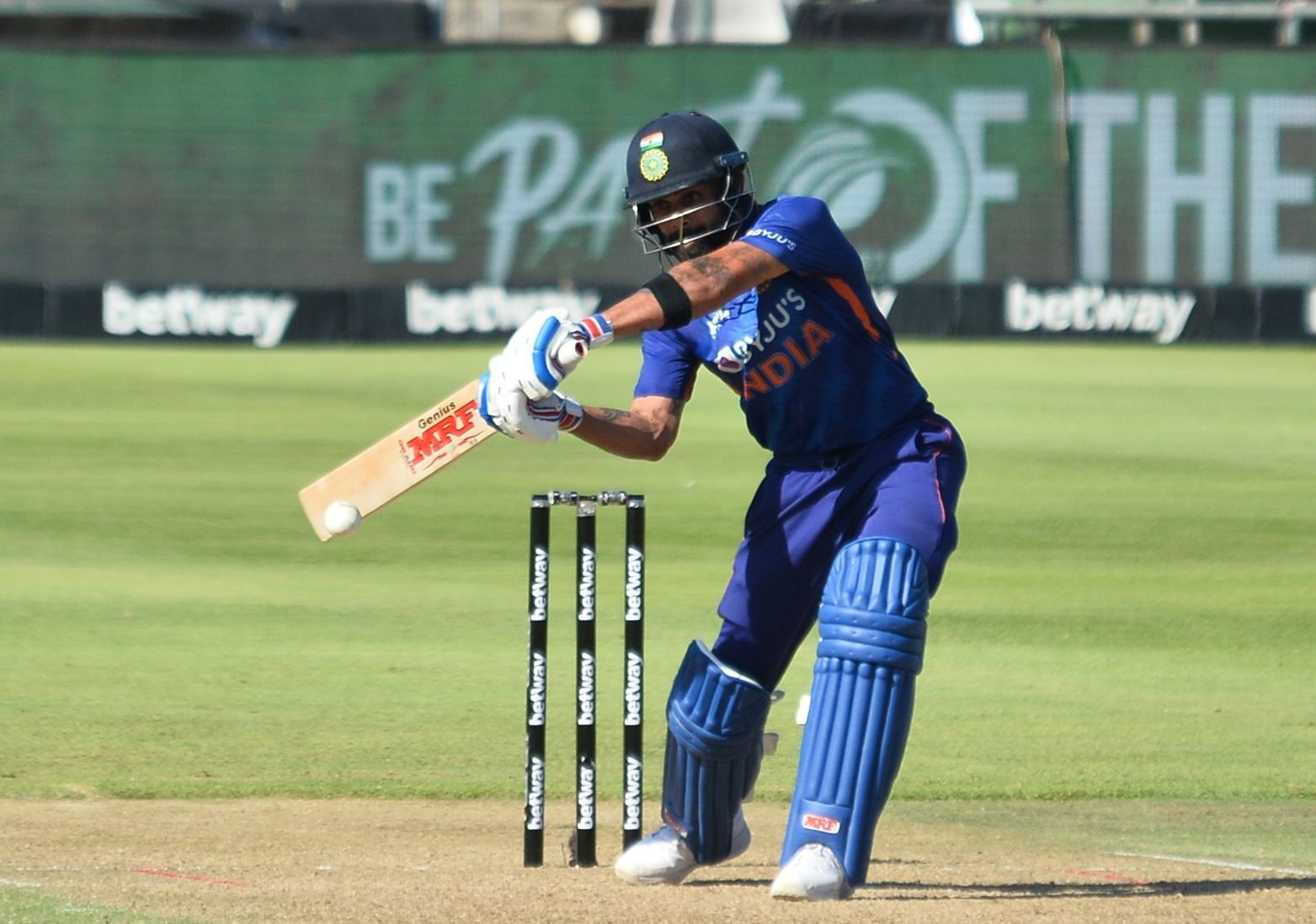
Virat Kohli's T20I place might not be set in stone anymore
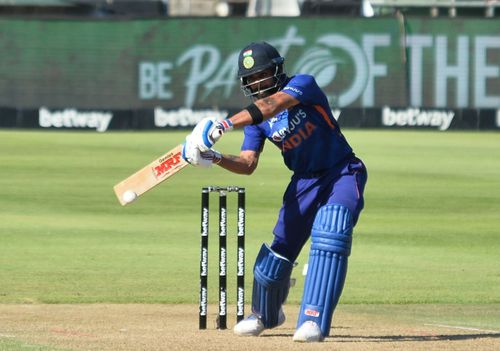
24th October 2021, Dubai, India and Pakistan are preparing to engage themselves in an almighty tussle – a tussle that people have only been treated to when ICC events come along. India lose the toss and get inserted to bat.
At first, it seems that the scales have been tilted in Pakistan’s favour slightly. There is a bit of truth in it too, considering dew usually plays a major role at this venue. But it must also be remembered that India have never lost to Pakistan in World Cup cricket (across formats). Oh, and they have a pretty good batting unit too – a unit regarded by many as the best on the planet.
Their innings begins and to their dismay, they see a left-arm pacer swing the ball back into the right-handed batters. 10 minutes of Shaheen Shah Afridi magic later, India find themselves tottering at 6/2. Virat Kohli, who is at the other end, has seen this kind of narrative unfold before.
Mohammad Amir famously did it on a sunny afternoon at The Oval in 2017, and the likes of Matt Henry and Trent Boult repeated it in slightly drearier surroundings at Old Trafford in 2019. On both those occasions, Kohli perished to the opposition juggernaut. This time, though, he seems determined to emerge from the rubble relatively unscathed.
He manages to do it as well. He staves of Shaheen’s threat, negotiates whatever the spinners have to offer and gets himself a few runs. The problem, however, is that India, post the 17-over mark, just don’t have enough on the board.
Kohli has looked solid and has crafted his way to 48. But those runs have come off 44 balls. India, by the way, are only four wickets down for 117, yet find themselves aiming for only a middling total – a total that Babar Azam and Mohammad Rizwan rip to shreds later in the evening.
Post the game, the attention, rather unsurprisingly, is cast on India’s openers and how they failed to outwit a left-arm fast bowler. To an extent, that is warranted too, considering early dismissals usually set things back.
Once further dust has settled, though, there is another school of thought – one that hints Kohli might not have been as proactive as he should have. The runs he put together can’t be questioned but could he have been more aggressive and aspired for a target that would have given their bowlers something to bowl at?
The answer to that, as you might have guessed by now, isn’t simple. If anything, it is one of the greatest quandaries any side has to answer when approaching T20I cricket. Not just because it is incessantly evolving, but also because a fashionable method can become out of vogue just as quickly.
Since then, Kohli has stepped down from T20I captaincy and has not played many games in that format either. The only games that he has featured in were the two T20Is against the West Indies.

In one of those fixtures, he notched up a half-century and showcased excellent intent at the top. The scoreboard, however, portrays a score of 52 (41) balls, which in a game where 186 (India) played 178 (West Indies), seems a shade out of place.
During that same period, India have morphed into one of the more free-flowing T20I outfits across the globe. With Rohit Sharma at the helm, they have shelved their conservative approach and have been willing to risk a total of 120 in pursuit of a target of 180 – a philosophy that, as Australia and England have shown, can work if teams have the right personnel.
That, though, has also meant that Shreyas Iyer, included in the side after Kohli was accorded a break, has thrown caution to the wind and has thoroughly impressed. The former Delhi Capitals captain creamed 204 runs in 3 innings and wasn’t dismissed.
The more pleasing aspect was that he scored those runs at a strike rate of 174.53, hinting that he isn’t afraid to venture out of his comfort zone (his T20I strike rate before the Sri Lanka series hovered around the 132-run mark). In the process, he also seems to have captured the imagination of the cricketing community.
The only problem, however, is that he bats at No.3 – a spot Kohli has dominated for the past decade. Till a year ago, this conversation would have been rendered moot. That is not the case now. If anything, Kohli’s place, just because of Shreyas’ success, will be under more scrutiny.
Even if Shreyas is accommodated lower down the order, there will be a match-up between Ishan Kishan, KL Rahul, Kohli and Rohit. Considering Ravindra Jadeja, Rishabh Pant, Suryakumar Yadav and Venkatesh Iyer walk into the playing eleven, and a provision is evolved for Shreyas, India will have to fit Kishan, Kohli, Rahul and Rohit into two places.
The instinctive argument would be to say that Kishan and Shreyas should be left out because they are further down the pecking order. But these batters have preached the new philosophy without caring about their spot in the team. And that is something the new regime seems to value.
The easiest solution to this would be if Kohli begins batting in a similar manner. Despite not scoring as many runs as he usually does, there is no denying that he is a top-drawer batter and a batter capable of holding his own in hostile circumstances.
Kohli has gotten stuck in the middle overs
Recently, though, he seems to have almost always chosen the option to retreat into his shell in T20Is – something that has put others around him under greater pressure and has increased the onus on him to accelerate towards the end. This is a method that has worked for Kohli historically but evidence of that ilk has been in short supply in the past couple of years.
Against Pakistan at the T20 World Cup, he was dismissed just when India needed the set batter to put the foot on the pedal. A game later, his tendency to build slowly led to him scoring 9 off 17 balls, before an ugly swipe across the line cut short his vigil.
So far, there seems to be a concerted effort to be more gung-ho at the outset. The fifty Kohli scored against the West Indies was laden with boundaries in the powerplay. But with India not really requiring openers, Kohli needs to devise a formula to score quicker in the middle phases. His T20I strike rate, as things stand, is only 116.98 during that period (since the start of 2021).
He has been dismissed four times out of nine, highlighting that the new batter has had to increase the tempo almost immediately – something that also increases the chances for a middle-order collapse.
Most tellingly, these lulls seem to have gone out of vogue in the current Indian set-up. If anything, India are trying to ensure these barren boundary patches are as much of an anomaly as possible.
Under ordinary circumstances, it would have been easy to write off a cricketer who hasn’t batted at the requisite tempo. But the individual in question here is Kohli – someone who has been one of the best T20I batters to have played the sport. Rohit, too, has publicly backed him. The Mumbai Indians captain, unlike a few others, also seems eager to do what he says in press conferences.
Kohli hasn’t turned bad overnight and he hasn’t lost his repertoire of strokes. What has happened, however, is that the burden has shifted on him to prove he can change his game based on what the team needs.
Kohli remains a player of extraordinary quality and chances are that he will succeed in whatever endeavour India have planned for him. It’ just that his spot might not be set in as much stone as before. And that he will, like he has done for most of his career, have to score impactful runs to make it a non-negotiable again.
